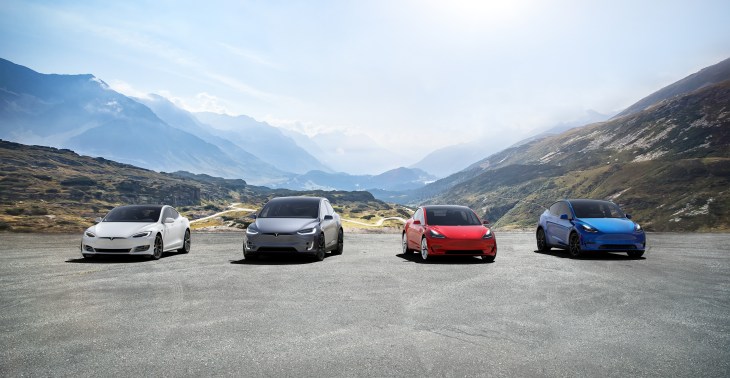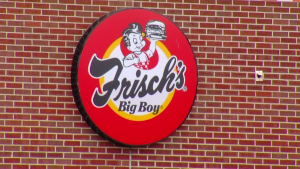
Tesla continued its profitability streak in the fourth quarter, earning $105 million and generated nearly $7.4 billion in revenue, results that beat expectations and sent shares higher in after market trading Wednesday.
Tesla also announced Wednesday that production of the Model Y started this month at its Fremont, Calif. factory, ahead of schedule.
Shares were up as high as 11.45% in after-market trading.
The automaker’s fourth-quarter results included $105 million in net income, or 56 cents a diluted share, compared with $140 million, or $78 cents a share, in the same year-ago period. Tesla earned $386 million, or $2.14 a share, in the fourth quarter when adjusted for one-time items.
Tesla reported revenue of $7.38 billion, 17% higher than the $6.3 billion generated in the previous period. Revenue in the fourth quarter was just 1% higher than the $7.2 billion generated in the fourth quarter of 2018.
Tesla’s earnings and revenue results outpaced analyst expectations, which according to those polled by Factset, anticipated adjusted earnings of $1.77 a share on revenue of $7 billion.
Tesla also reported free cash flow (operating cash flow less capital expenditures) of $1 billion. The company’s cash and cash equivalents balance increased $930 million to $6.3 billion in the fourth quarter. Capital expenditures grew 27% compared to the same quarter last year to $412 million, driven by the construction of the company’s factory in Shanghai. However, capital expenditures for 2019, which reached $1.3 billion, were still lower than in 2018 when it surpassed $2.1 billion.
While revenue grew from the third quarter — and ever so slightly compared to the same period in 2018 — Tesla noted growth was offset by more leases. Model 3 has become a larger part of the lease mix as well as the introduction of standard range trims of the 3 and adjustments to vehicle pricing, Tesla said in its earnings report.
“These changes have resulted in a reduction to the average selling price (ASP) relative to 2018,” the report said. “We do not expect ASP to change significantly in the near term, which means volume growth and revenue growth should correlate more closely this year.”
The fourth-quarter report did show that Tesla will likely rely on China and Model Y for revenue growth as deliveries of its higher profit margin Model X and Model S decrease. Tesla delivered 19,475 Model S and Model X in the fourth quarter, a 29% decline from the same period last year. Meanwhile, deliveries of Tesla’s cheaper Model 3 vehicle continued to climb. Tesla delivered 92,620 Model 3 vehicles in the fourth quarter, a 46% increase from the same period in 2018.



